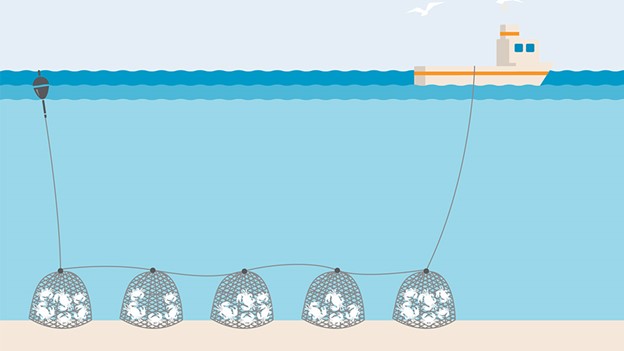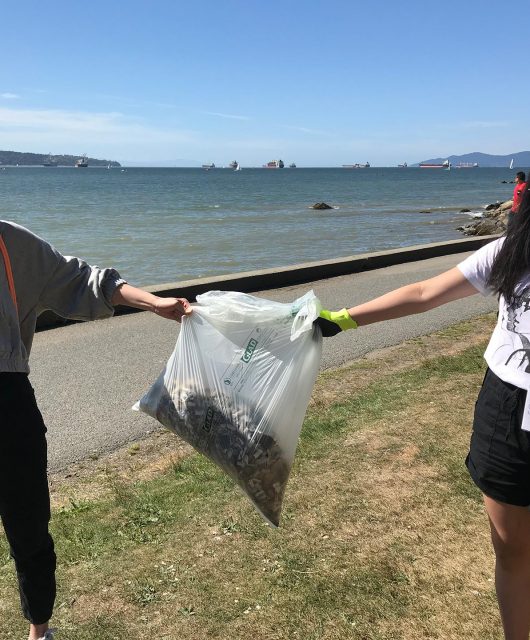Entanglement of marine animals in commercial fishing gear is unfortunately not a new problem.
It is one of the largest threats to cetaceans around the world. Entanglements happen when fishing rope, nets, or lines become wrapped around different parts of a whale’s body.
Fishing is both economically and culturally important throughout Canada, supporting the livelihoods of thousands across several provinces. While no fish harvester is deliberately trying to harm animals, we need to be aware of how these activities may be contributing to entanglements. This is one question the Canadian Wildlife Federation’s marine conservation team is trying to understand.
In Canada, we have many different fisheries that use different kinds of fishing gear – from large nets and longlines, to traps such as those used in the crab and lobster fisheries. And within each of these fisheries, practices among individual fish harvesters may differ greatly. While the federal government determines regulations from fishing season to gear limits, little is known outside those who work in the industry of specific gear configurations and the methods used to catch their target species. This can include many things that can have implications on entanglement including:
- Type of rope used, including size and strength
- Depth fished
- How gear is connected to buoys or other trap
- How many traps are connected together
Yet, this information is crucial to understanding the distribution of fishing gear that poses a threat of entanglement to whales, such as the critically endangered North Atlantic Right Whale.
How Does Entanglement Happen?

Entanglement is a product of a whale and fishing gear present in both time and space. For example, if a fishery only fishes in very shallow waters, where whales are not found, their potential threat is likely lower than a fishery that overlaps entirely with important whale habitat. Additionally, when we examine entanglement risk, we often focus on the vertical ropes that connect different gear types from the seafloor to the surface, compared to a groundline that connects several traps together in a line (called a string or trawl). Whales can interact with this vertical rope at any depth in the water column, but they only interact with groundlines when they are near the seafloor.
So, a fishery that fishes with one trap per vertical line, will have an increased number of ropes compared to using a trawl that only has two vertical lines, one at each end of the connected traps. A whale swimming through an area with more ropes has a higher likelihood of encountering a rope and becoming entangled than an area with fewer ropes.
Working to Untangle the Problem

The Canadian Wildlife Federation’s marine team has been conducting surveys with fish harvesters throughout Atlantic Canada to better understand these various practices and improve our knowledge of fishing gear patterns in Canadian waters, particularly for the snow crab and lobster fisheries. Combined with estimates of whale presence, this allows our team to identify areas of high entanglement risk more accurately and at smaller scale.
Our research results are also used to determine areas that might require additional management measures to help mitigate this risk to North Atlantic Right Whales and suggest the most effective, area-specific management measures, based on fish practices. For example, an area that fishes with all single traps might benefit from connecting their traps in a series and reducing the number of vertical ropes, whereas another might benefit from using on-demand gear systems.
In the end, we all want to find sustainable ways to co-exist on the water!



